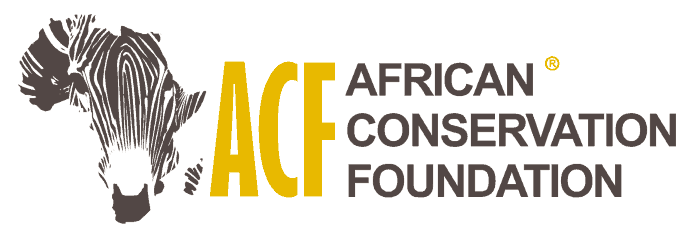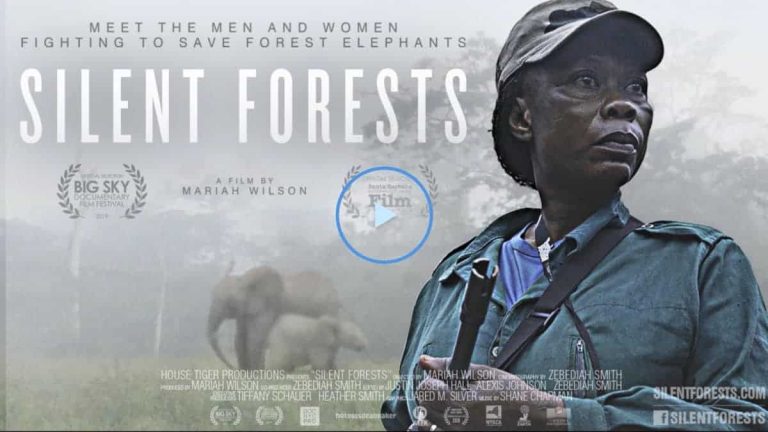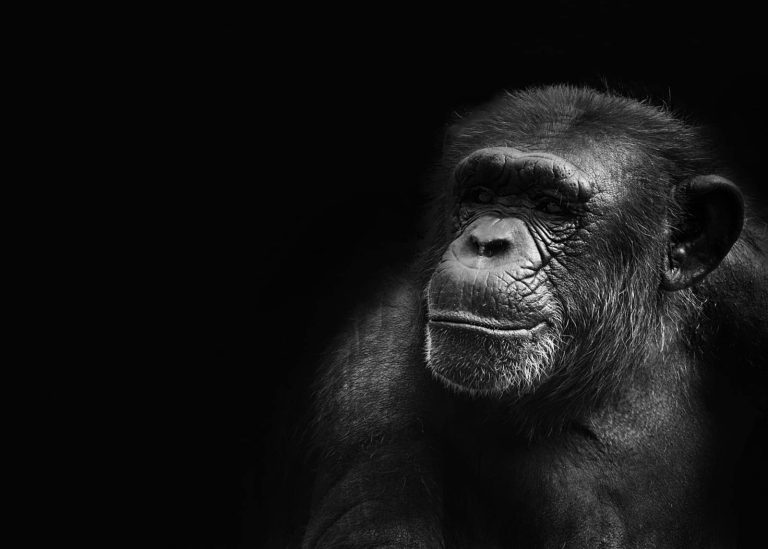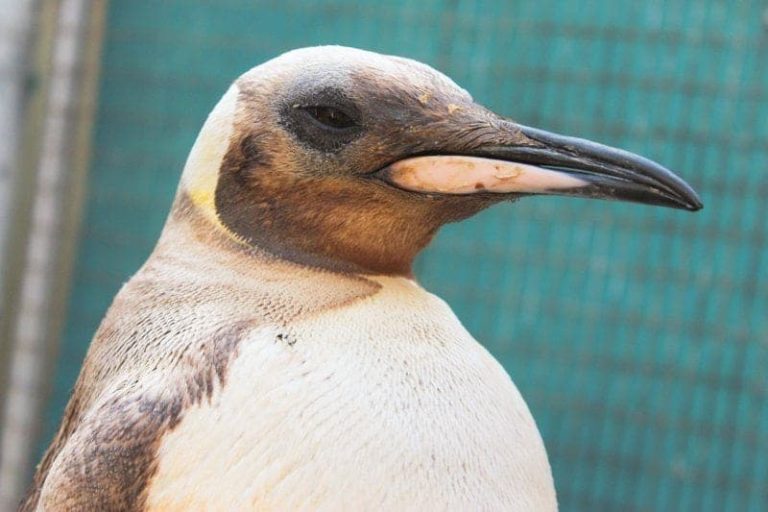Elephant ivory: DNA analysis offers clearest insight yet into illegal trafficking networks
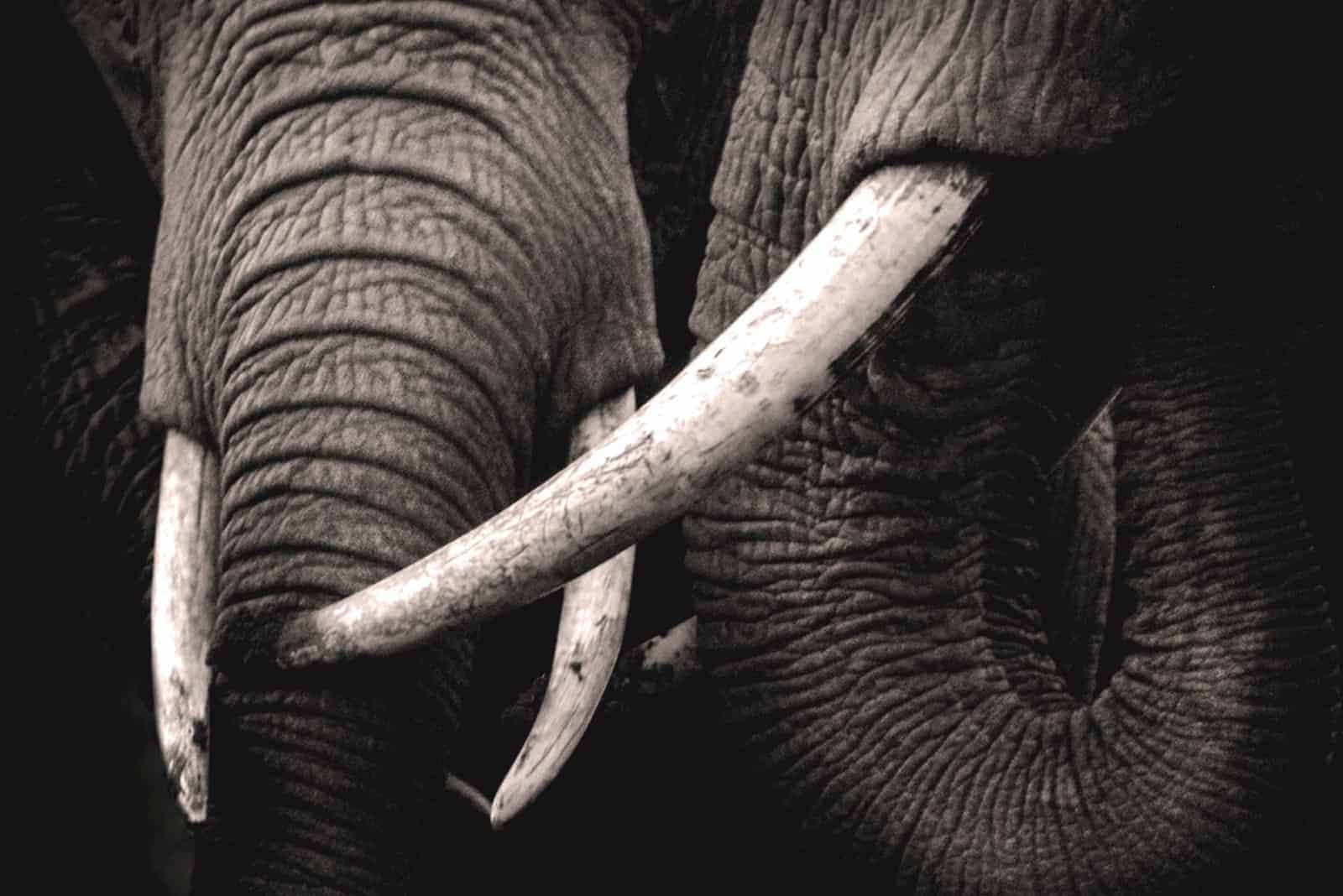
Poaching rare wildlife for teeth, tusks, fur, horns and other body parts is a crime which threatens many species with extinction, but the evidence which could incriminate traffickers is often difficult to access, hard to interpret, or piecemeal.
To discover more about the criminal networks sustaining this trade, researchers in the US, Kenya and Singapore have extracted as much data as possible from the products of illegal elephant ivory trafficking in Africa.
The new study analysed the DNA of tusk ivory seized from 49 large shipments impounded in African ports between 2002 and 2019. The researchers sampled 111 tonnes of ivory from at least 4,320 poached African elephants – a fraction of the total haul. These included ivory from the savanna and forest elephant species which are both listed on the International Union for the Conservation of Nature’s Red List of threatened species.
African savanna elephants, which live in the grasslands of eastern central Africa, have declined by at least 60% over the past 50 years, but the number of forest elephants, found in western central Africa, has decreased by more than 86% in 31 years.
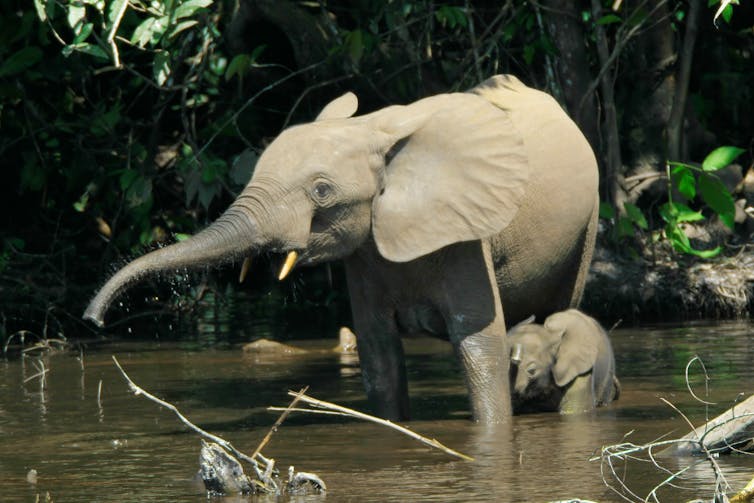
Thomas Breuer, CC BY-SA
While 111 tonnes may sound like a lot of tusk, it is likely the tip of the ivory iceberg. The new analysis indicated where many elephants are being poached in Africa, where they are being shipped from and the consumer markets in south-east Asia and elsewhere they are destined for. It found that most tusks came from repeated poaching of the same elephant populations and implicated a handful of large, interconnected networks. This knowledge could help law enforcement officials link multiple shipments to a single group, thereby tying together a raft of crimes and illuminating the true scale of criminal activity.
Inside the ivory trade
Remarkably, the data indicates that most of the 49 shipments confiscated from across Africa contained ivory from the same bands of close relatives. This suggests the tusks of several elephants poached in one place were split up and packed into separate shipping containers for transport: mainly on cargo ships, although some went via road or rail to different countries. By spreading their illegal load across numerous vessels, traffickers reduce the risk of losing a large ivory store. With nearly one billion shipping containers travelling the world each year, not all of them can be thoroughly checked.
The new data indicates that the power brokers of the elephant ivory trade network are transnational criminal organisations. Matching tusks that came from elephants in the same families – including parents and offspring and siblings – between different shipments helped to identify three major criminal groups based in Mombasa in Kenya, Kampala in Uganda and Lomo in Togo.
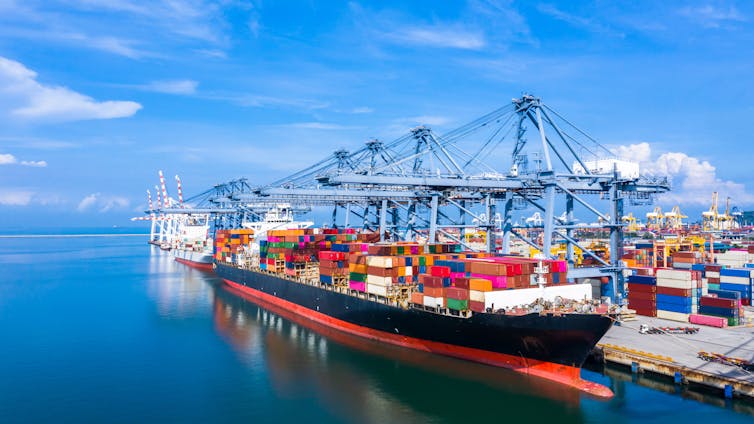
Avigator Fortuner/Shutterstock
The Mombasa and Kampala groups may well be arms of a single large organisation, with links across east Africa and south-east Asia. Nevertheless, the possible links between criminal groups, ports and countries described in the study are probably an underestimate, given the high likelihood that most illegal ivory shipments pass undetected. There are practical constraints on DNA sampling and analysis too – not all tusks in every captured shipment can be genetically analysed.
I was alarmed to learn that my old stomping-ground, Uganda, where I was privileged to see and be among wild elephants on numerous occasions, has become a hub for this trade. The ivory illegally shipped from Uganda in this study was not principally from Ugandan elephants, but drew heavily from populations in Tanzania and Kenya instead. The data also revealed a growing web of connections between ports in different countries, indicating the expanding reach of the criminal organisations in the network.
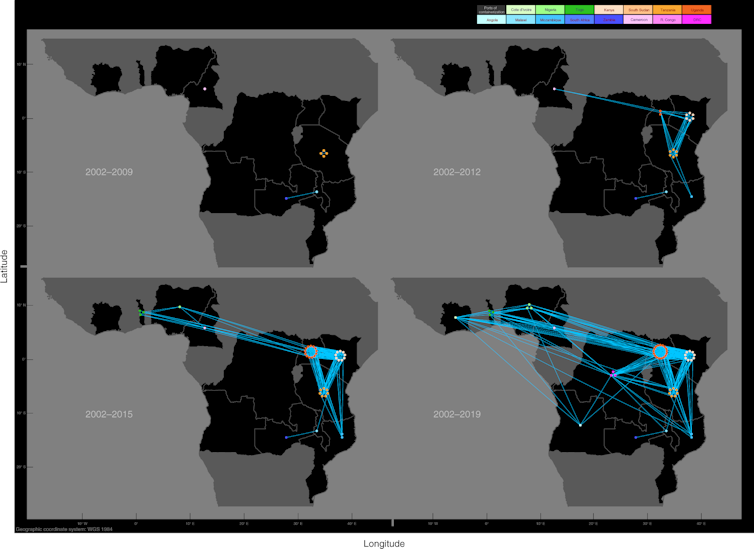
Wasser et al. (2022)/Nature Human Behaviour
The most recent seizure in the dataset also contained 12 tonnes of scales belonging to pangolins – the most poached animals in the world. Other ivory shipments included rhino horn. In many cases, the cover load in containers hiding animal parts is timber, but even the timber tends to originate from illegal harvests. This shows that criminal organisations behind ivory trafficking are routinely engaging in multiple wildlife and environmental crimes involving many other protected species and laundering the revenue.
Trafficking groups may change which ports they use to distribute ivory to evade increased law enforcement at an existing one. These groups appear to be large, with transnational transport networks. This means that effective law enforcement must be similarly expansive and adaptable, involving government at various levels, scientists, conservation groups and the private sector. The role of institutional corruption cannot be overlooked either. At least some of the impounded ivory was taken from a Burundi government stockpile.
Including the tusks that were not sampled, lead author of the study Samuel Wasser estimates the number of elephants represented by the total haul at 17,619. Some quick maths suggests that approximately 84,945 tonnes of elephant mass was removed, over 17 years, from the ecosystems which these animals contributed to – roughly equivalent to three times the weight of the Statue of Liberty. Considering the majority of illegal ivory shipments that pass through undetected, the scale of this ecological loss is massive.
Understanding the networks that illegal wildlife products travel can help. But while there is demand for elephant ivory, poaching and illegal trafficking will continue. Alongside more effective law enforcement, there must be a major effort to promote behaviour change among the people who buy illegal wildlife products and so fund the trade.
Investment in and ownership of illegal wildlife products must become a badge of shame rather than a status symbol.![]()
Jason Gilchrist, Ecologist, Edinburgh Napier University
This article is republished from The Conversation under a Creative Commons license. Read the original article.
